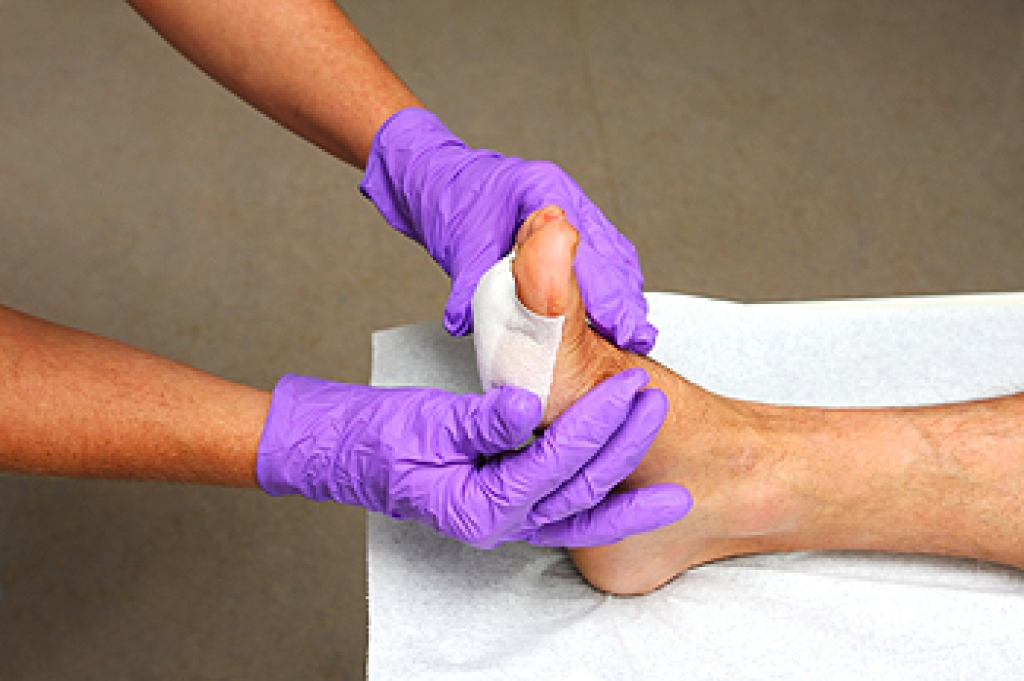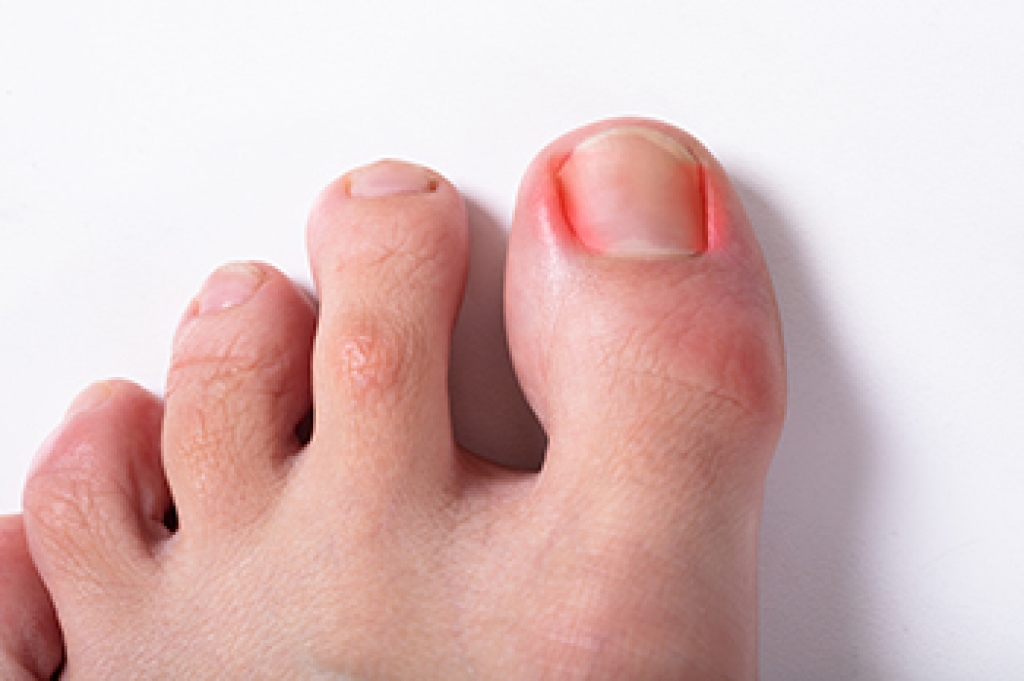
Big toe pain may be an indication of underlying medical conditions. It may come from various forms of arthritis, including gout, which can cause debilitating pain. Other foot conditions can cause pain in the toes. These can include sesamoiditis, ingrown toenails, turf toe, or a broken toe. The former is an ailment that affects the tendons surrounding the sesamoid bone. It is common among ballet dancers and can occur due to their style of dance. An ingrown toenail happens when the nail grows into the skin instead of over it and can cause severe toe pain if it becomes infected. Turf toe often affects athletes and can happen from jamming the big toe during sporting activities. A broken toe can happen if a heavy object drops on it. There are various methods to treat toe pain, and it is suggested that you speak with a podiatrist who can accurately diagnose and treat your type of pain.
Toe pain can disrupt your daily activities. If you have any concerns, contact Vrunda Dalal, DPM of Sole Focus Foot and Ankle. our doctor can provide the care you need to keep you pain-free and on your feet.
What Causes Toe Pain?
Most severe toe pain is caused due to a sports injury, trauma from dropping something heavy on the toe, or bumping into something rigid. Other problems can develop over time for various reasons.
Toe pain can be caused by one or more ailments. The most common include:
- Trauma
- Sports injury
- Wearing shoes that are too tight
- Arthritis
- Gout
- Corns and calluses
- Hammertoe
- Bunions
- Blisters
- Ingrown toenails
- Sprains
- Fractures (broken bones)
- Dislocations
When to See a Podiatrist
- Severe pain
- Persistent pain that lasts more than a week
- Signs of infection
- Continued swelling
- Pain that prevents walking
Diagnosis
In many cases the cause of toe pain is obvious, but in others, a podiatrist may want to use more advanced methods to determine the problem. These can range from simple visual inspections and sensation tests to X-rays and MRI scans. Prior medical history, family medical history, and any recent physical traumatic events will all be taken into consideration for a proper diagnosis.
Treatment
Treatments for toe pain and injuries vary and may include shoe inserts, padding, taping, medicines, injections, and in some cases, surgery. If you believe that you have broken a toe, please see a podiatrist as soon as possible.
If you have any questions please contact our office located in Marlton, NJ . We offer the newest diagnostic and treatment technologies for all your foot and ankle needs.





